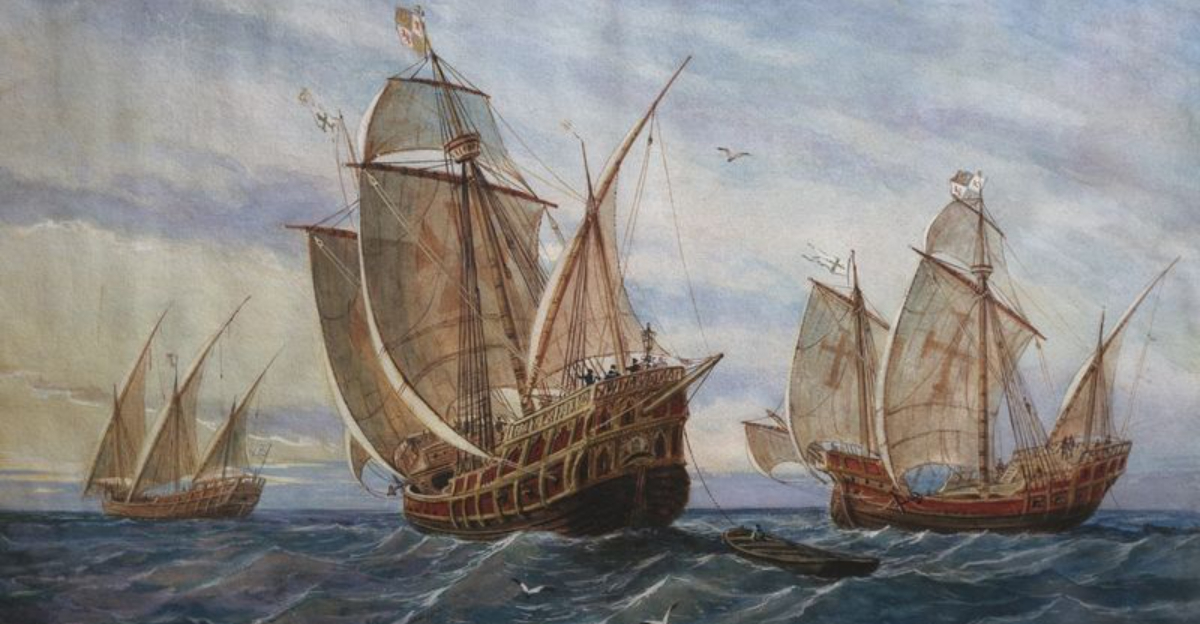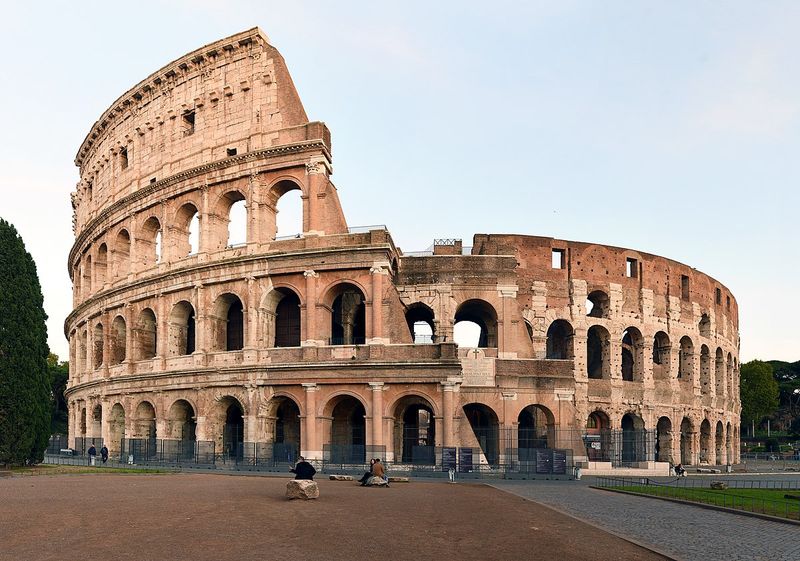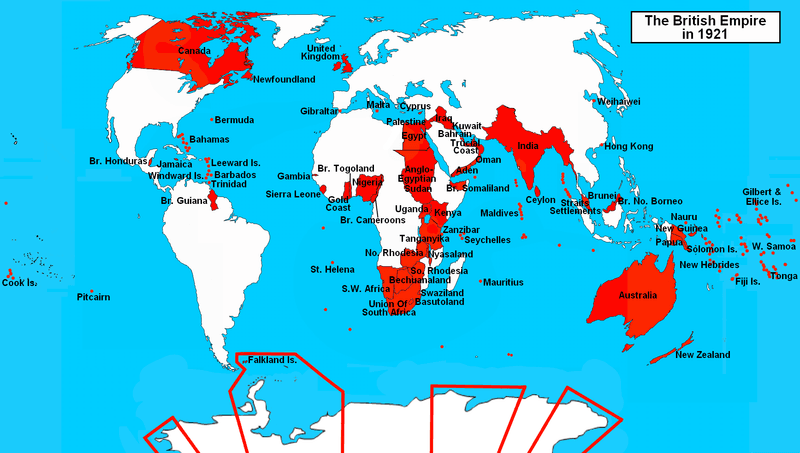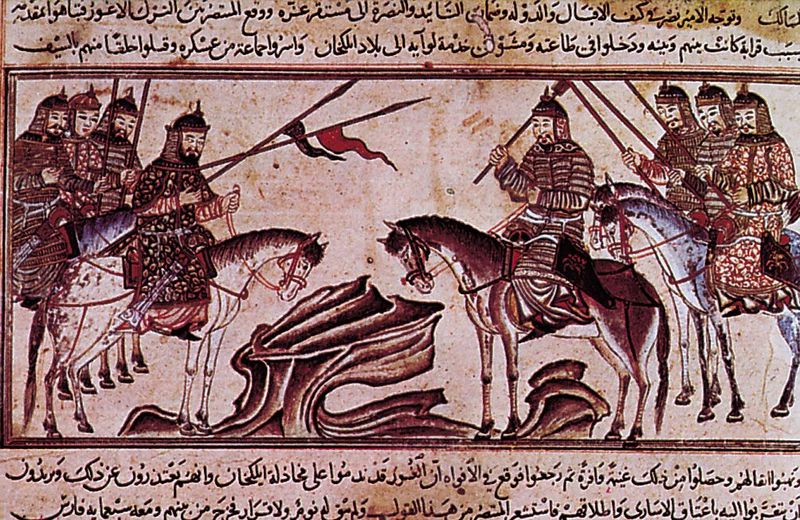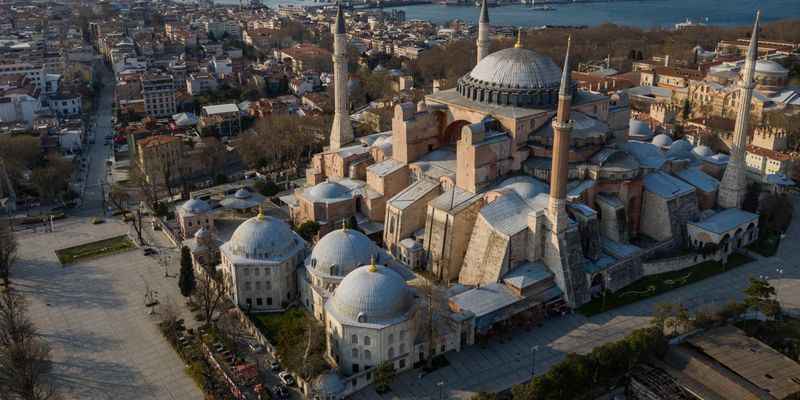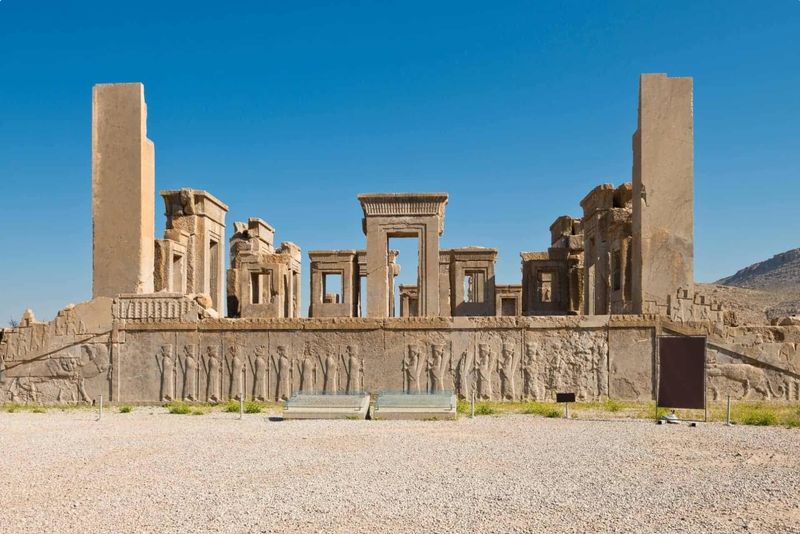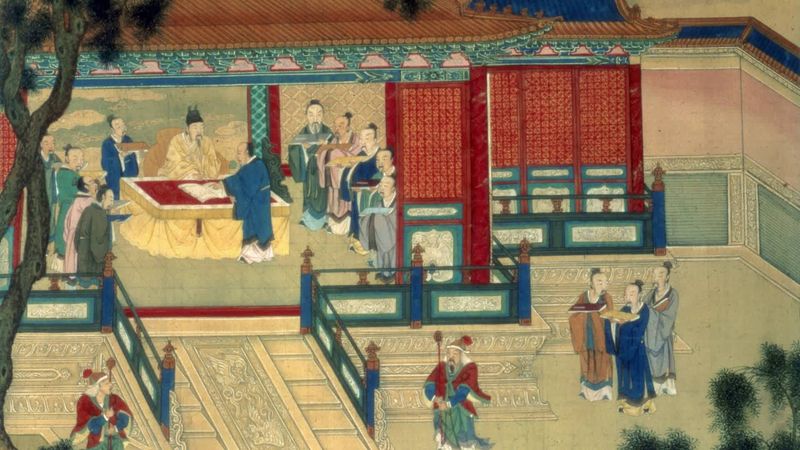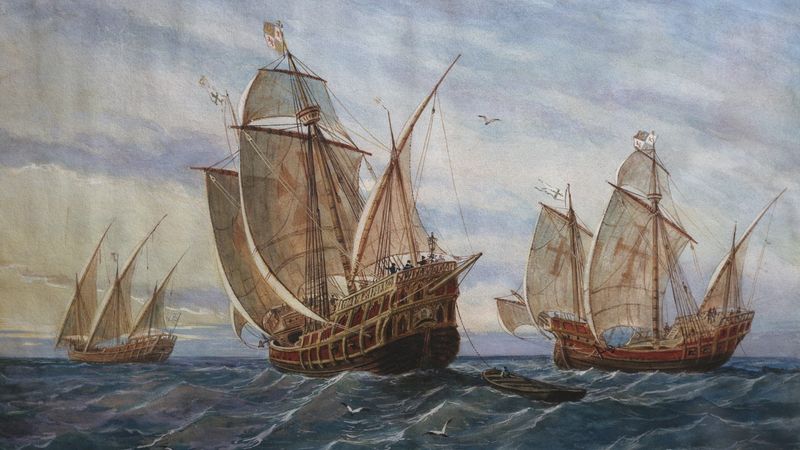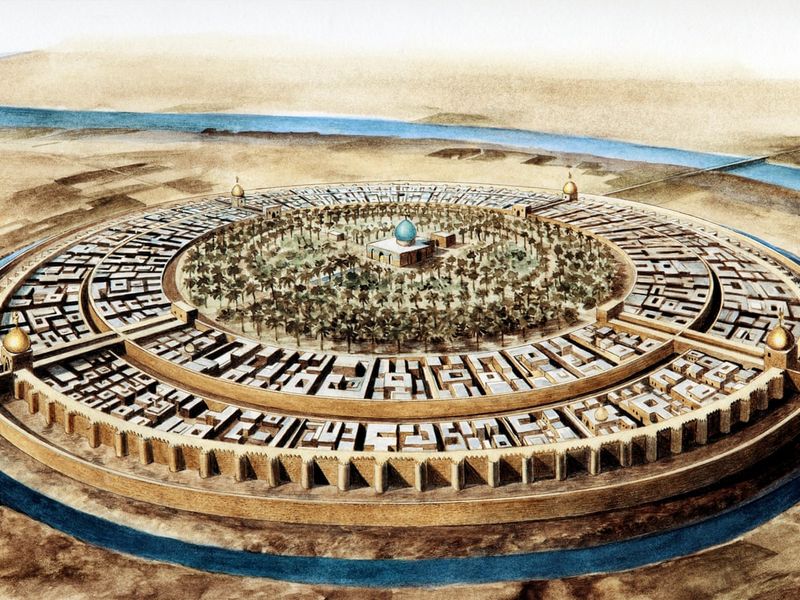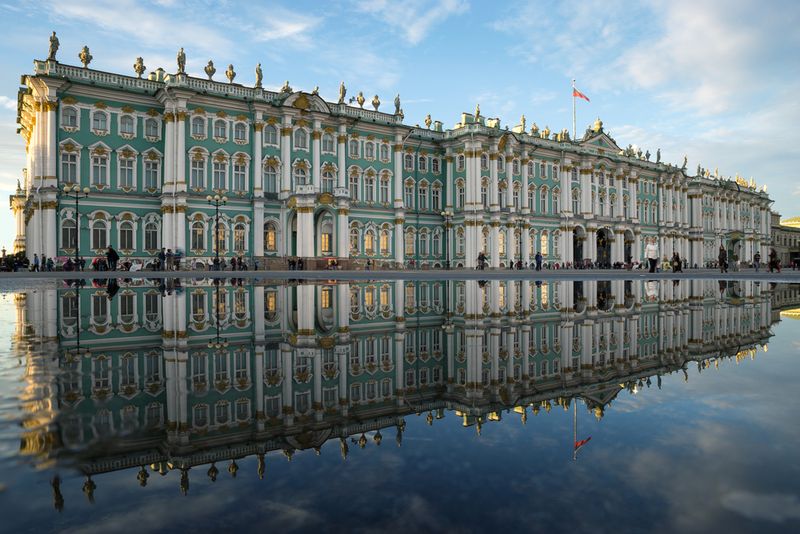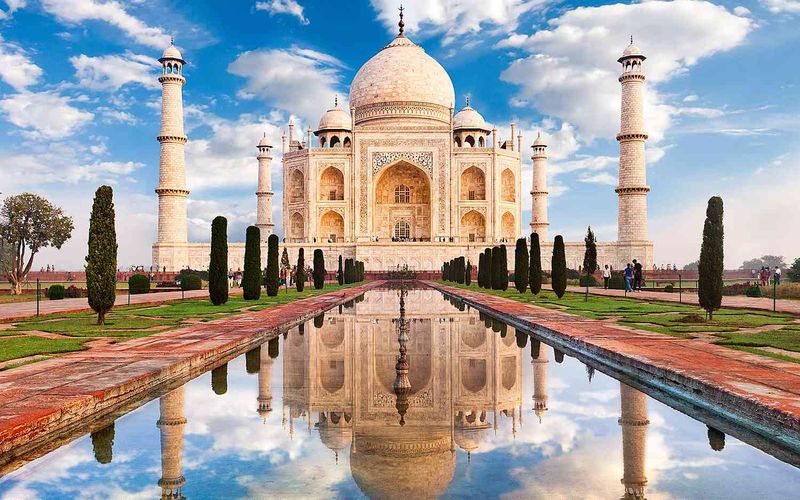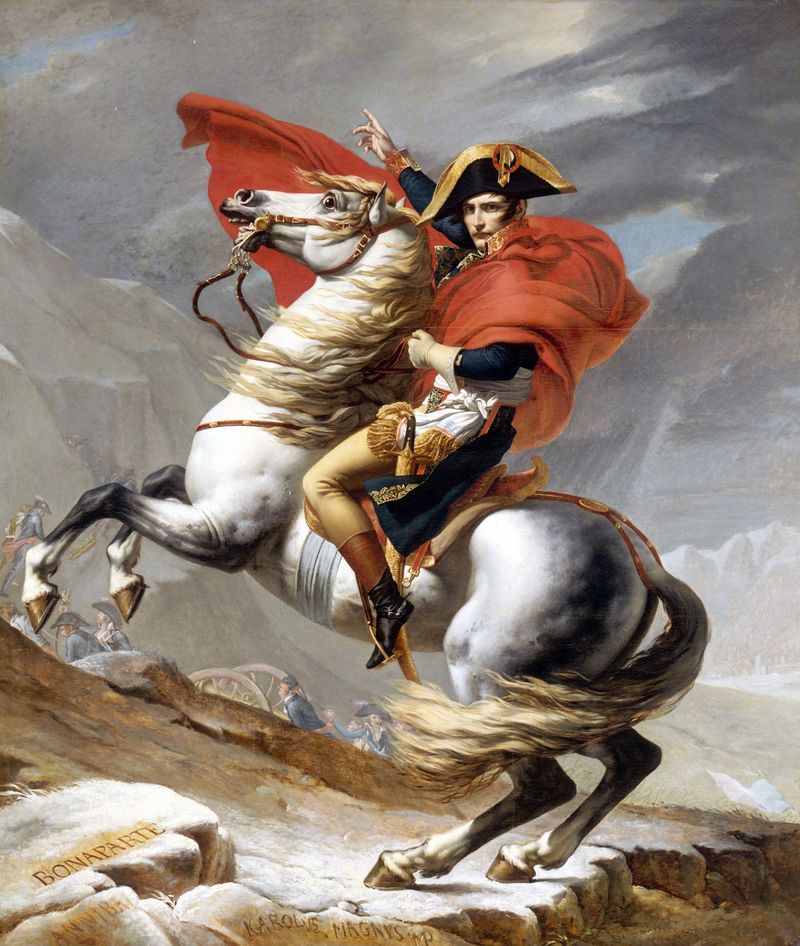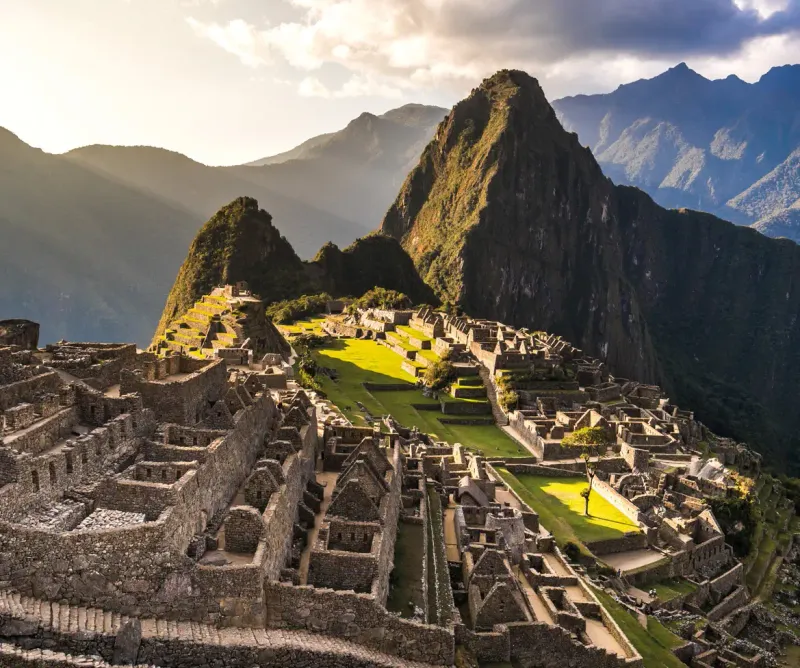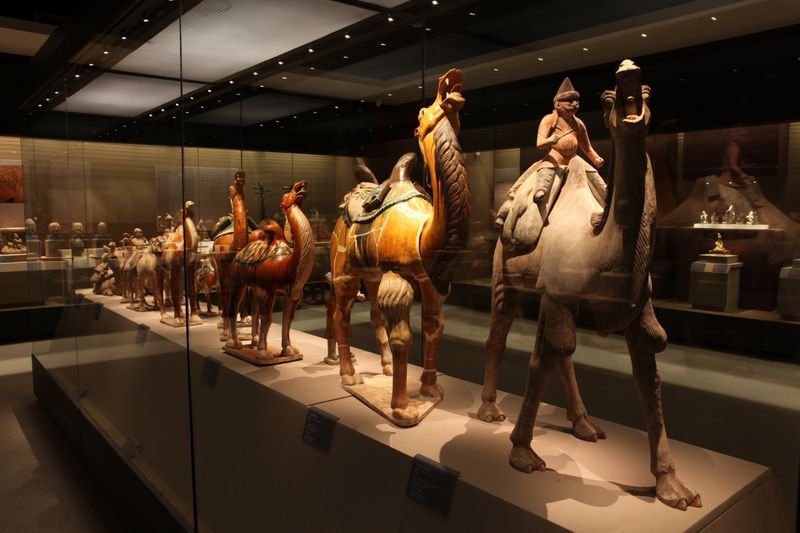Empires have played a pivotal role in shaping world history. From the Roman Empire to the Tang Dynasty, these powerful entities have left indelible marks on culture, governance, and global development. This blog post explores the 15 most influential empires, highlighting their unique contributions and enduring legacies.
1. Roman Empire (27 BCE – 476 CE)
The Roman Empire is renowned for its monumental contributions to law, language, and architecture. Roman Law set foundational principles for modern legal systems. The Latin language became the bedrock for many modern languages. Across the sprawling empire, roads and aqueducts showcased engineering prowess. Christianity, which emerged during this era, became a dominant religion, profoundly influencing Western culture. The empire’s influence extends to governance structures, such as the republic and senate, which inspired modern democratic principles. Roman architecture, with iconic structures like the Colosseum, continues to inspire modern design. The empire’s legacy is etched in the very fabric of Western civilization.
2. British Empire (16th – 20th Century)
At its zenith, the British Empire was the largest in history, wielding tremendous influence worldwide. It played a crucial role in spreading the English language, which is now a global lingua franca. Parliamentary democracy, a cornerstone of many nations today, was propagated through its colonies. The empire catalyzed global trade, connecting distant economies. Its impact is evident in the modern nations it shaped, such as the USA, Canada, and India. Additionally, British legal and educational systems became models for many countries. Despite its complex colonial history, the British Empire’s global legacy is undeniable and shapes international relations today.
3. Mongol Empire (1206–1368)
Under the leadership of Genghis Khan, the Mongol Empire became the largest contiguous land empire in history. Its vast reach facilitated unprecedented cultural exchange along the Silk Road. This connectivity allowed for the free flow of ideas, technologies, and goods, transforming Eurasia. The empire unified diverse regions under a single administration, influencing Russian and Chinese histories significantly. Its legacy includes a melding of cultures and the promotion of trade routes that are still recognized today. The Mongol Empire’s impact on global trading networks and cultural interactions is a testament to its formidable presence in historical narratives.
4. Ottoman Empire (1299–1922)
The Ottoman Empire, bridging Europe and Asia, had a profound impact on the regions it encompassed. It preserved and advanced Islamic scholarly work, significantly influencing Middle Eastern politics. The empire’s strategic location facilitated cultural and commercial exchanges between continents. Istanbul, its capital, became a hub of architectural marvels, including the iconic Hagia Sophia. The Ottoman legal and administrative systems left lasting impressions on modern governance in Turkey and beyond. Despite its eventual decline, the empire’s cultural and political legacies endure, influencing contemporary geopolitics and cultural identities in the region.
5. Persian Empire (Achaemenid, 550–330 BCE)
The Persian Empire stands as the first recognized superpower, pioneering numerous advancements. It developed one of the earliest known postal systems, ensuring efficient communication across vast distances. The Cyrus Cylinder is celebrated as an early charter of human rights. Administrative efficiency characterized its governance, with satraps managing different regions. These innovations influenced both Islamic and Western governmental practices. Persian culture and language spread across its territories, leaving an indelible mark on the regions it ruled. The empire’s architectural and cultural achievements are visible in the ancient ruins of Persepolis, a testament to its enduring legacy.
6. Maurya Empire (322–185 BCE, India)
The Maurya Empire, under the visionary leadership of Ashoka, achieved remarkable unity across India. Ashoka’s embrace of Buddhism led to its widespread dissemination throughout Asia. The empire’s centralization fostered economic and political stability. Ashoka’s edicts on pillars emphasized moral governance and non-violence. These principles inspired future leaders and movements advocating peace. The Mauryan administration’s efficiency is reflected in its robust bureaucracy and infrastructure. Beyond governance, the empire’s cultural and religious impacts continue to resonate, shaping Indian cultural and spiritual landscapes. The Maurya Empire’s legacy is a cornerstone of India’s rich historical tapestry.
7. Han Dynasty (206 BCE – 220 CE, China)
The Han Dynasty is often regarded as a golden age in Chinese history. It established Confucianism as the state philosophy, emphasizing moral integrity and governance. This era saw the expansion and solidification of the Silk Road, fostering trade and cultural exchanges with the West. The dynasty’s bureaucratic governance became a model for future administrations. Han cultural and scientific achievements, including paper-making and the development of the seismograph, were groundbreaking. This dynasty’s influence on Chinese identity is profound, laying cultural foundations that endure to this day. Its legacy extends beyond China, impacting East Asian civilization as a whole.
8. Byzantine Empire (330–1453)
The Byzantine Empire is credited with preserving essential Greco-Roman knowledge during tumultuous times. Its cultural and artistic achievements, especially in religious mosaics and architecture, are renowned. The empire played a vital role in spreading Orthodox Christianity, shaping Eastern European religious landscapes. Byzantine diplomacy and complex court rituals influenced medieval European politics. The empire’s capital, Constantinople, was a thriving center of trade and culture. Despite its eventual fall to the Ottomans, the Byzantine influence persisted, inspiring the Renaissance and leaving a lasting impact on Slavic culture and religious traditions.
9. Spanish Empire (15th–19th Century)
The Spanish Empire was the first truly global empire, its reach spanning continents. It played a central role in spreading Catholicism, particularly in the Americas. The empire’s explorers and conquistadors embarked on expeditions that reshaped the world map. Colonization efforts in the Americas resulted in significant cultural exchanges and the establishment of Spanish as a dominant language. The wealth extracted from these colonies fueled Spain’s golden age of arts and sciences. Despite its decline, the legacy of the Spanish Empire endures, with over 500 million people speaking Spanish today. Its cultural and linguistic impact remains deeply embedded worldwide.
10. Abbasid Caliphate (750–1258)
The Abbasid Caliphate is celebrated for ushering in the Islamic Golden Age. This period marked significant advancements in science, mathematics, and philosophy. The House of Wisdom in Baghdad became a renowned center for learning, preserving and expanding upon Greek, Persian, and Indian knowledge. Scholars translated and furthered works that would later influence the European Renaissance. The caliphate’s emphasis on intellectual pursuits fostered a rich cultural and scientific environment. Its contributions to algebra, astronomy, and medicine are well-documented, leaving an enduring legacy on global intellectual history. The influence of the Abbasid period resonates in modern scientific and cultural thought.
11. Russian Empire (1721–1917)
The Russian Empire was a major European and Asian power, expanding its territories significantly, especially into Siberia. Its strategic acquisitions shaped Eastern European and Asian geopolitics. Russia’s imperial era saw the flourishing of arts, literature, and architecture. The legacy of the czars and their grand palaces reflects the empire’s wealth and cultural depth. The empire’s fall led to the formation of the Soviet Union, influencing global politics throughout the 20th century. Despite its dissolution, the Russian Empire’s cultural and political legacies endure in modern Russia’s identity and its continued influence on Eastern Europe.
12. Mughal Empire (1526–1857, India)
The Mughal Empire is renowned for its rich cultural synthesis, blending Persian and Indian influences. Under rulers like Akbar, it saw a flourishing of arts, music, and architecture. The iconic Taj Mahal, a symbol of love, stands as a testament to Mughal architectural prowess. The empire fostered a vibrant cultural and economic environment, promoting trade and artistic expression. Its influence is visible in South Asian art, cuisine, and language. Despite its decline, the Mughal period left an indelible mark on the Indian subcontinent, shaping its cultural and historical narratives in profound ways that resonate to this day.
13. French Empire (16th–20th Century)
The French Empire played a pivotal role in spreading Enlightenment ideas across Europe. Napoleon’s conquests disseminated the Napoleonic Code, influencing legal systems worldwide. France’s colonial ventures extended its influence into Africa and Asia. The French language and culture became symbols of sophistication and were widely adopted. Paris, as the empire’s heart, became a hub of intellectual and artistic activity. Although the empire’s reach ebbed, its cultural, legal, and diplomatic legacies are pervasive. French ideals of liberty, equality, and fraternity continue to inspire democratic movements globally, underscoring the enduring influence of France’s imperial past.
14. Inca Empire (1438–1533, South America)
The Inca Empire is celebrated for its architectural ingenuity and centralized governance. Its advanced engineering techniques are epitomized by Machu Picchu, a marvel of ancient construction. The empire’s road systems and terraced agriculture demonstrate their sophisticated understanding of the Andean environment. The Incas fostered a cohesive culture among diverse peoples through a shared language, Quechua. Despite its conquest by Spanish forces, the Inca legacy endures in the rich cultural traditions of Andean communities. The empire’s pioneering agricultural and engineering practices continue to be studied and admired today, marking its lasting impact on South American history.
15. Tang Dynasty (618–907, China)
The Tang Dynasty is often hailed as a high point in Chinese history, celebrated for its cultural, economic, and technological advances. It was during this era that gunpowder and printing were innovated, setting the stage for future technological developments. The dynasty oversaw the flourishing of the Silk Road, enhancing trade and cultural exchanges. Tang poetry and art reached new heights, influencing East Asian culture profoundly. The dynasty’s governance and cultural policies solidified China’s role as a central cultural and economic power in Asia. Its contributions to art, technology, and governance continue to echo through history.
